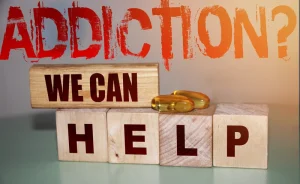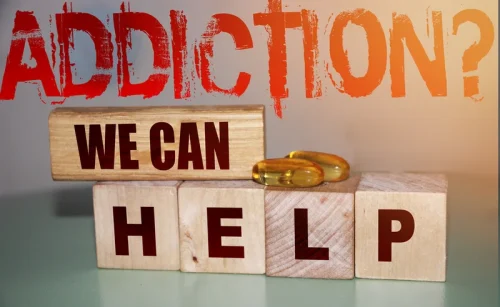


This raises the risk of a serious problem that can happen when the heart doesn’t get enough blood, called a heart attack. It also raises the risk of a condition that keeps the brain from getting enough oxygen, called a stroke. Some drugmakers and workout magazines claim that andro products help athletes train harder and recover faster. Furthermore, the use of contaminated needles for injecting these substances can expose individuals to blood-borne pathogens, significantly increasing the risk of HIV infection and other serious infections. As the landscape of performance-enhancing drugs continues to evolve, driven by advancements in science and the unyielding pressure to succeed, the sports world finds itself grappling with a complex dilemma.

In the NFL, upon testing positive for a banned PED, the player is notified and the sample (which is split in half during the original phase of testing) is re-tested. Mandatory physical examinations are conducted to rule out naturally occurring high levels of chemicals (such as testosterone), and psychological examinations may also be conducted in case of suspected addition. The burden of proof is placed on the league during an appeals process. The NFL’s drug policy differs from the MLB’s, which differs from the NBA’s, and so on, although the leagues’ different drug policies do have some common elements. Here’s a glimpse at how drug policies stack up across major sports. Most drugs affect the brain’s «reward circuit,» causing euphoria as well as flooding it with the chemical messenger dopamine.
But I remember thinking to myself, you know, what am I doing? The NBA’s drug policy has remained relatively constant over the years. The NHL first instituted a drug-testing policy for PEDs in 2005. Prior to entering the league, only the NFL requires pre-employment testing for all players, although in the MLB, all players are subjected to testing within five days of reporting for spring training. https://ecosoberhouse.com/ The NBA, NHL, NCAA, and all other professional leagues do not require pre-employment testing.
Overall, these factors make the person value drug use why do people continue to use peds, even when they cause harm? highly, even though the decision might be against their long-term interests. Please note that a risk factor for one person may not be the same for another. The intricate dance between performance enhancement and ethical sportsmanship continues to shape the world of competitive athletics. The allure of performance-enhancing drugs, with their promise of elevated physical prowess and the intense pressures of high-stakes competition, presents a formidable challenge to the integrity of sports. The journey of an athlete, inherently marked by the pursuit of excellence, becomes entangled in a web of moral, health, and regulatory considerations when performance-enhancing drugs enter the equation. The use of performance-enhancing drugs strikes at the very heart of sports ethics, undermining the principles of fair competition and integrity that are fundamental to athletic pursuits.

Furthermore, drugs and alcohol are often portrayed in advertising and media in positive ways. Look in any socioeconomically deprived area, and you are likey to find an abundance of liquor stores. A widely held societal belief is that addiction is simply a lack of willpower or moral compass. After all, it’s hard to imagine why someone would continue a particular behavior despite having catastrophic consequences related to it. Many people assume that addiction is a matter of choice, and if the addicted person simply had willpower and would adhere to appropriate morals, they would be able to stop. Once the brain has been hijacked, the power of choice is removed even for the most righteous.

Performance-enhancing drugs are drugs that a growing number of athletes take to boost their physical performance and endurance and assist in muscle recovery following physical endurance during sporting activity or performance. Taking performance-enhancing drugs is Substance abuse also called “doping.” These PEDs include anabolic steroids, non-steroidal anabolics such as human growth hormone (HGH), androstenedione, diuretics, stimulants, creatine, and erythropoietin. One of the biggest dangers of using performance-enhancing drugs is the significant risk they pose to an athlete’s physical health. PEDs, such as anabolic steroids, human growth hormone (HGH), and stimulants, can cause severe side effects that often outweigh the short-term performance benefits. After taking these performance-enhancing drugs and supplements long enough to become dependent and/or addicted to them, getting off this risky regimen and mindset may require professional treatment. Without question, finding alternative ways to naturally increase energy, improve muscle resilience and reduce fatigue, and help with physical recovery following high-intensity physical sport can be a challenge.